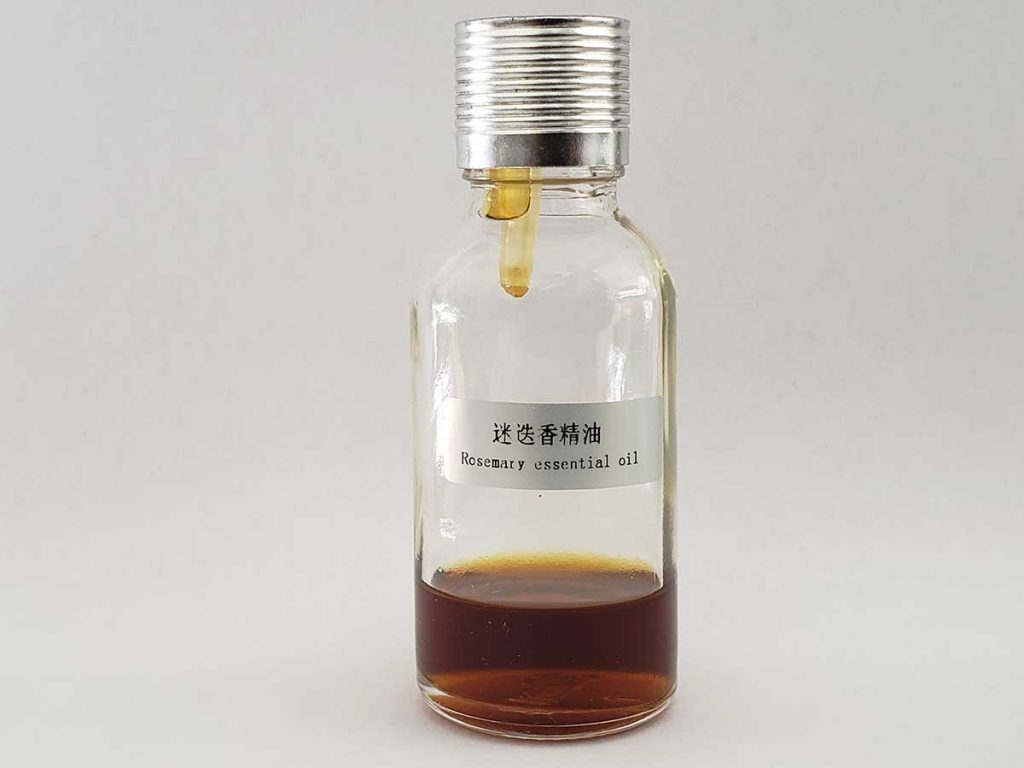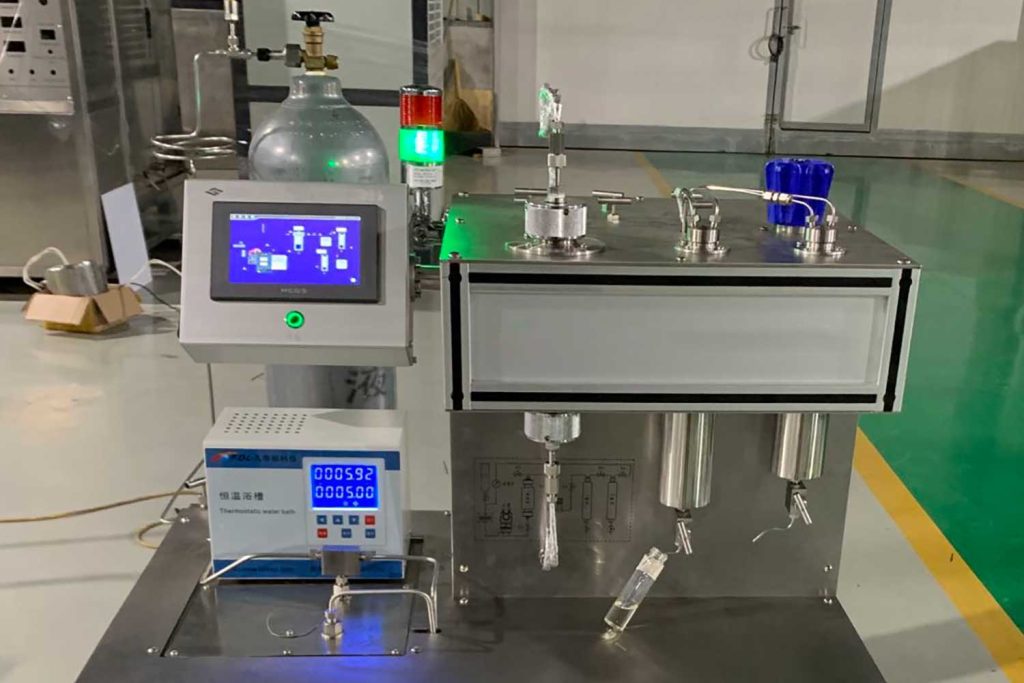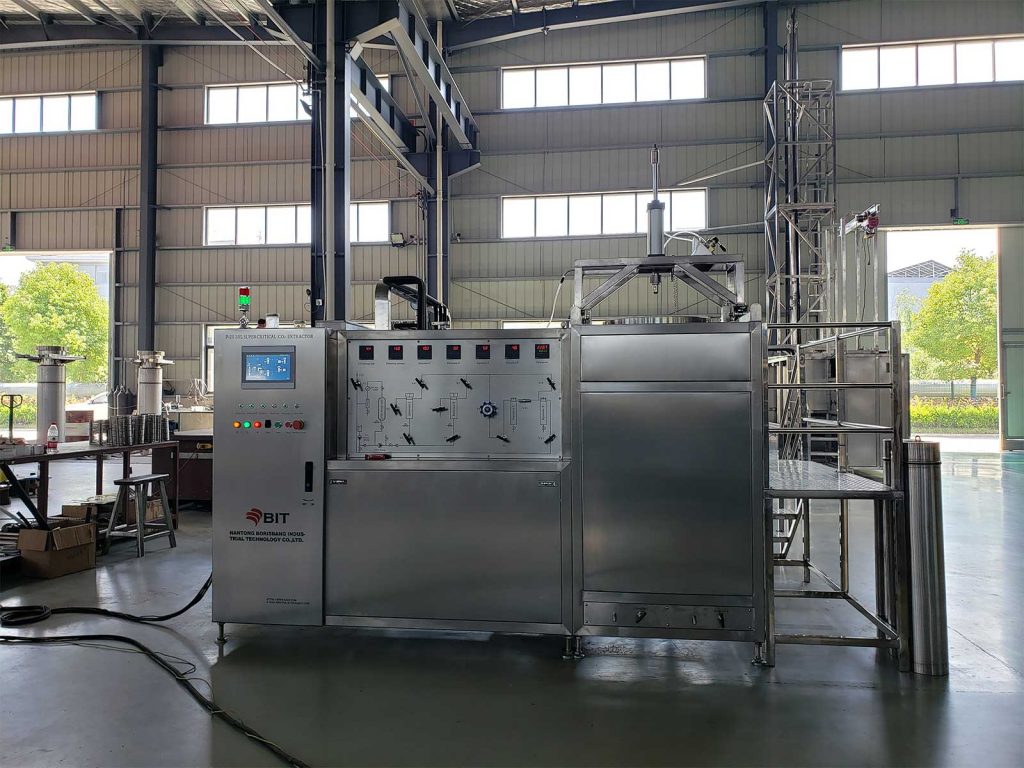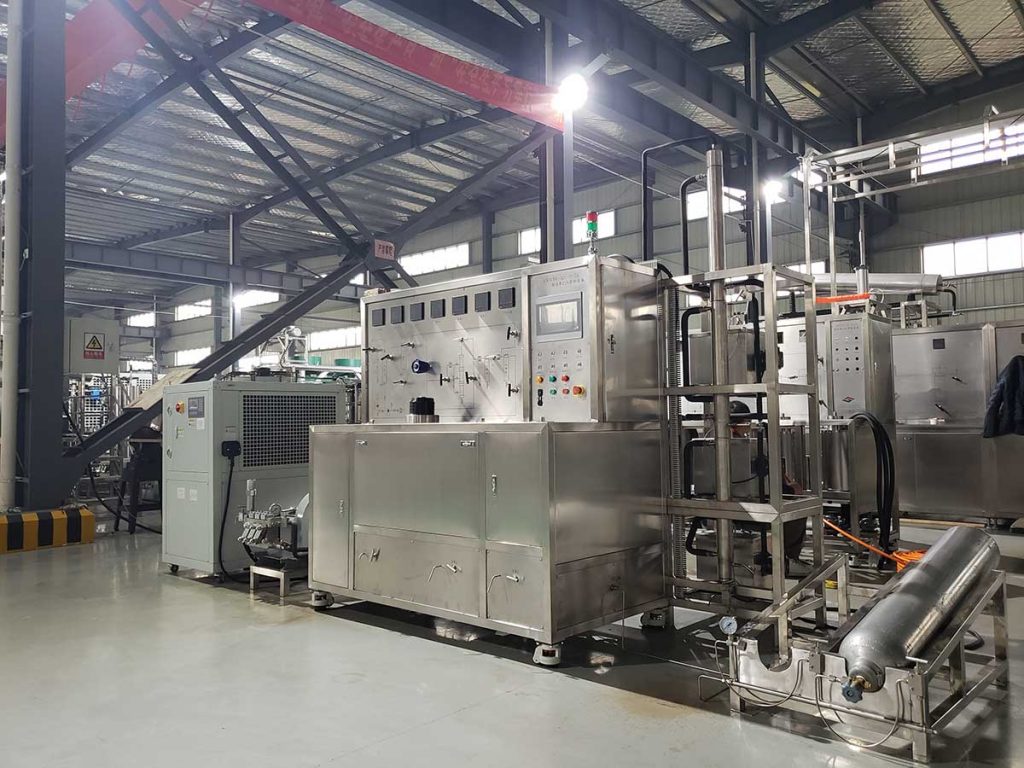Traditional extraction methods of natural flavors include cold pressing, steam distillation, volatile solvent extraction, and adsorption. The spice products produced by various methods mainly include spices (Spice), oleoresin (Oleoresin), essential oil (Essential), extract (Concrete), absolute oil (Absolute), balm (Balsam), tincture (Tincture ).
In traditional extraction methods, heat treatment of spice components is still an unavoidable processing method. Such as steam distillation and solvent extraction, heating may cause some heat-sensitive or chemically unstable components in natural flavors to be destroyed, thus changing the unique fragrance and flavor of natural flavors.
CO2 extraction process of 3 kinds of spice botanicals
The supercritical fluid CO2 extraction technology is a new separation technology developed by utilizing the specifically increased solubility of fluids above the critical pressure and critical temperature. Supercritical fluid CO2 extraction enables the extraction of natural flavors under milder critical conditions. CO2 is an inert gas. During the extraction of flavor and fragrance, the aromatic component is not susceptible to oxidative deterioration. CO2 has stable chemical properties, no burning, no corrosion, is safe and non-toxic, easy to separate from extracts, no residue. In particular, CO2 has good solubility for aromatic, non-polar, or weak aromatic compounds such as esters, ketones, and terpenes, and many polarities such as proteins, sugars, glycosides, and phospholipids, so it is especially suitable for the extraction of natural flavors and fragrances.
Extraction of Aromatic Components from Plant Rhizome and Leaf (Ginger)

There are many kinds of natural spices made from the roots, stems, and leaves of spice plants, which are used in large amounts and have a wide range of uses.
Ginger: In the supercritical CO2 extraction process of ginger, the optimal process conditions are: when the pressure is 24.0 MPa, the temperature is 50°C, and the particle size of ginger is 60 mesh, the extraction can be completed in 2 hours, and the yield of ginger absolute oil obtained is About 2.47%, pure aroma. The supercritical CO2 extract of ginger is a good natural antioxidant, and it has obvious synergistic antioxidant effects with BHT, TBHQ, and citric acid, which is better than using ginger essential oil alone. Among them, the synergistic effect of TBHQ and ginger essential oil is the most significant. The order of synergistic effect was TBHQ > citric acid > BHT.
Extraction of fruit aroma (citrus peel) components
Citrus is the most productive fruit in the world. The citrus peel is rich in essential oils and pigments. It is a very important and popular natural fragrance. The essential oils in citrus are mainly composed of terpenes, sequences, higher alcohols, aldehydes, and esters. The first two hydrocarbons account for 95% of the total amount of essential oils, and the content of oxygen compounds is less than 5%, but the latter is the main source of the aroma of essential oils.
In a laboratory in China using citrus peel as test material, a secondary separation method was used:
- The optimal CO2 extraction process parameters with more terpene hydrocarbon essential oils are: particle size 0.35mm, pressure 12MPa, temperature 36℃, time 60min, essential oil yield 1.91%;
- The optimal process combination for obtaining low-terpene essential oil is: particle size 0.35mm, pressure 14MPa, temperature 40°C, time 90min, and the yield of essential oil is 3.19%.
- The optimal process parameters for obtaining more of the two types of essential oils were: particle size 0.35 mm, extraction pressure 10 MPa, extraction temperature 36 °C, extraction time 90 min, and separation temperature 36 °C.
Analysis and identification of volatile components of citrus peel essential oil: the main components of essential oil are terpene hydrocarbons, and the content of alcohols, aldehydes, ketones, and esters is relatively small. The process conditions are relevant.
Extraction of Fragrant (Rose) Components of Flowers
The aromatic components in most flowers contain unstable substances, which are easy to be heated or oxidized during processing. Since supercritical CO2 extraction can be performed at room temperature, it is attractive for the extraction of flower spices.
Rose essential oil contains a large number of alkanes, citronellol, geraniol, nerol, eugenol methyl ether, monoterpene and sesquiterpene, and other compounds. It has long been a popular flower fragrance in the international food industry market. One of the essential oils.
In the laboratory, we conducted extraction experiments, extracted and analyzed the volatile oil components of two kinds of roses, and the optimal CO2 extraction process conditions determined by orthogonal experiments are: extraction pressure 20MPa, separation pressure 7MPa, extraction temperature 35°C, separation temperature At 40°C, the obtained CO2 rose extract contains 76 kinds of volatile oil components, 29 of which have a similarity of more than 65%; another variety of rose contains 78 kinds of volatile oil components, and 19 of which have a similarity of more than 65%.
The primary and secondary order of the influence of the five factors of particle size, extraction temperature, pressure, flow rate, and time on the extraction rate of rose essential oil is particle size > time > CO2 flow rate > temperature > pressure.
Steam distillation vs co2 extraction



Laboratory small CO2 extraction machine
Flavors and fragrances obtained by conventional methods often difficult to maintain their original flavor.
For example, ginger oil is extracted from ginger, and the traditional steam distillation method not only takes a long time for heating, but also has low oil yield and cannot extract gingerol in components, and the supercritical co2 extraction method can simultaneously obtain volatile oil and gingerol.
Another example is lilac with a unique floral aroma. With the conventional steam distillation method, since a part of the fragrant component is decomposed during the distillation, the obtained essential oil does not completely reflect the floral scent. When the essential oil is obtained by CO2 supercritical extraction, it has a perfect floral aroma.
Final Words
Compared with the separation extraction method, supercritical fluid extraction has many irreplaceable advantages, which can meet some special requirements in many industrial fields, but the high-pressure technology and equipment required are not conducive to its popularization and application, but The production of high-value flavors and fragrances industry has aroused great interest and has achieved great success.